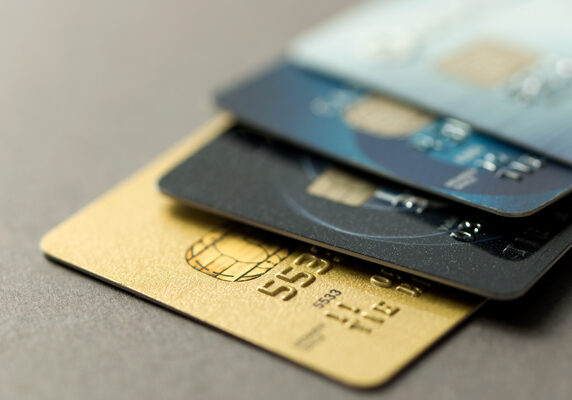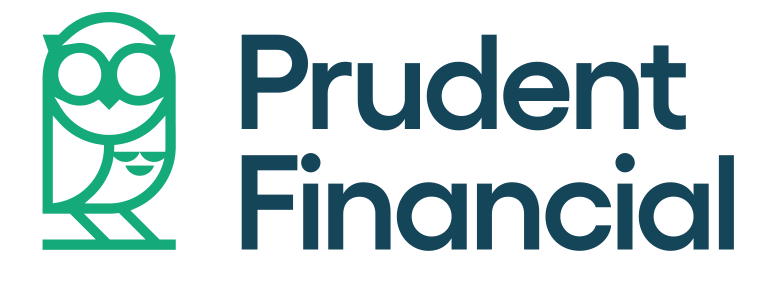
Credit cards can be a huge help when we need to buy things online. And especially when we are moving closer to a cashless society. But it goes without saying, we need to be careful about amassing amounts on a card that we can’t pay off in full each month. Paying off just the minimum payment can be very expensive over time. The minimum payment is the least amount of money you have to pay each month on your credit card to ensure your account remains in good standing. The more money you owe on your credit card, the larger your minimum payment will be. Making only the minimum payment every month is costly cause it means you will be paying more interest and it will take you longer to pay off your credit card balance.
Financial Institutions often have slightly different methods for calculating minimum payments. According to the Financial Consumer Agency of Canada, a minimum payment will either be:
- A flat dollar amount, typically $10, plus interest and fees
- The higher of a flat dollar amount (usually $10) or a percentage of your outstanding balance, normally 3%
Source: https://www.canada.ca/en/financial-consumer-agency/services/credit-cards/pay-off-credit-card.html
Comparison Chart
The chart below exemplifies how only making minimum payments costs significantly more over the long term. In the chart below, it is assumed the minimum payment is 3% of your outstanding balance of $4000. This would make the minimum payment $120 and is apparent in the chart how only making minimum payments can be detrimental to your finances.
|
If you only make Minimum Payment |
If you make Minimum Payment + $100 |
If you make Minimum Payment_+ $150 |
|
|
Balance |
$4,000 |
$4,000 |
$4,000 |
|
Your monthly payment |
3% of the balance |
3% of the balance +$100 |
3% of the balance +150 |
|
Total monthly payment |
$120 |
$220 |
$270 |
|
Annual Interest Rate |
20% |
20% |
20% |
|
Time to zero balance |
19 years and 7 months |
2 years and 8 months |
1 year and 11 months |
|
Total Interest paid |
$4,740.61 |
$1,019.48 |
$750.85 |
|
Amount Saved |
N/A |
$3,721.12 |
$3,989.75 |
|
Time Saved |
N/A |
16 years and 11 months |
17 years and 8 months |
Minimum Payment Calculator
To calculate how long it will take to pay off your personal credit card making only your minimum payments, please visit (https://itools-ioutils.fcac-acfc.gc.ca/CCPC-CPCC/CCPC-CPCC-eng.aspx)
While it might benefit you in the short term to have an additional $100 to spend in a given month, you have to be very careful that it doesn’t force you into a cycle where you keep on paying interest and it becomes increasingly more difficult to clear your original balance. Any payment in excess of your minimum payment can go a long way in preventing you from becoming trapped and becoming insolvent.
Four tips that will make it easier to keep up with your payments
- Use the Avalanche Method – The debt avalanche method involves paying off the debt with the highest interest rate first. Of course, you should ensure that you make the minimum payments on all your debts to ensure that you don’t face penalties and your credit score remains intact. Simply by switching the order that you pay your debts you can potentially save thousands of dollars in interest annually. Mathematically, the avalanche method is the most effective and efficient way for dealing with debt. In choosing this method it is important you not lose motivation and stick to your debt repayment plan.
- Use the Snowball Method – Many people get overwhelmed when they think about their financial situation and inability to rid themselves of debts The Snowball Method involves tackling your smaller debts first so that you have “quick wins” and begin to see light at the end of the tunnel. By paying off your smaller debts first you will owe less creditors which might make it easier to become more organized with finances. This method is not ideal for dealing with credit card debt due to the high interest fees in comparison to other forms of credit. It would be irrational to pay off a $1000 bank loan with 4% interest before a $5000 visa card with 18% interest. Source for 1 and 2: https://www.ratehub.ca/blog/credit-card-minimum-payment-explainer/
- Reduce unnecessary expenses –The less you spend on discretionary and non-discretionary expenses, the more money you are left with every month. The first step involves having a comprehensive understanding of all your expenses and what you can and can’t live without. Ask yourself how will making this purchase affect my financial situation in the near and long term. The ultimate goal is to ensure you have sufficient funds to cover all monthly expenditures and to put aside for future investments/unforeseen expenses. Some suggestions are to make coffee at home, opting to walk/bike instead of driving or to buy items in bulk.
- Choose a credit card that fits your needs – If you do not pay your credit card balance by the due date, you will inevitably pay interest on the remaining balance. The main differences between credit cards are the interest rate, the fees, and the rewards and benefits (source: https://www.canada.ca/en/financial-consumer-agency/services/credit-cards/pay-off-credit-card.html) Evaluate your specific situation and determine how your credit card will be used on an annual basis. For instance, assume your credit card has an annual fee of $75 and Cash back of 1% on all purchases and you spend $5,200 annually. Due to the fact that you will only get $52 in Cash back, this type of credit card is not ideal.
Example 2 : High interest rate credit card vs. Lower interest rate credit card with annual fee. The assumption is that you are trying to pay off the balance within 12 months and no additional transactions take place. The example shows how low interest credit cards can cost significantly less despite paying a high annual fee.
|
Type of Credit Card |
Total Balance |
Annual Fee |
Interest Rate |
Interest Paid |
Total Cost to pay off balance |
|
Current Card |
$5,000 |
0 |
21.00% |
$586.83 |
$5,586.83 |
|
Low Interest Card |
$5,000 |
$100 |
9% |
$247.09 |
$5,347.09 |
Source: https://www.greedyrates.ca/blog/credit-card-interest-calculator/
Conclusion
A significant portion of Canadians only make the minimum monthly payments on their credit card. This is costly cause it could end up costing the consumer thousands of dollars in interest payments and take substantially longer to pay off. Evidently, you could become debt-free in a fraction of the time by paying a little more than the minimum monthly payment each month.
If you or a loved one is dealing with debt, please know that help is available. At Prudent Financial, we offer equity loans for people with bad credit, good credit, and everything in between.
We can help resolve problem debt and create a financial plan for the future.
Call 1-888-852-7647 or visit www.prudentfinancial.net for a free consultation.
